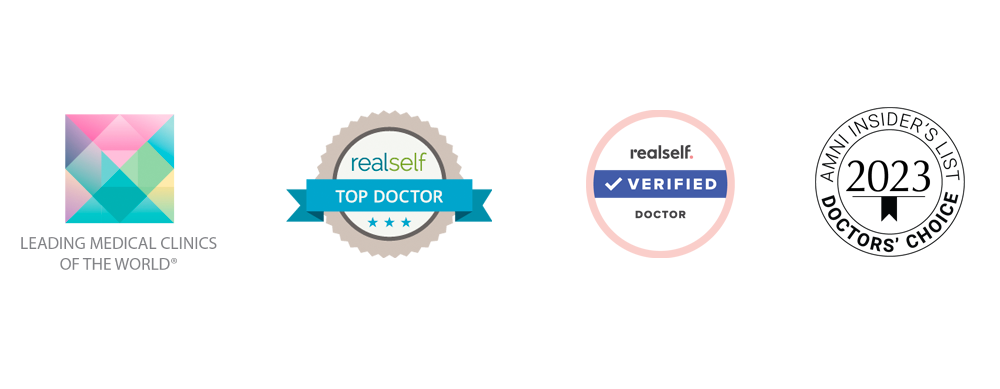Who is a candidate for liposuction?
Candidates for liposuction are men and women who are near their ideal body weight, but have areas of fat that do not respond to diet and exercise. Liposuction should not be considered a substitute for overall weight loss nor is it an effective treatment for cellulite. It is important that you are physically healthy and have realistic expectations. Your age is not a major consideration, however, older patients may have less skin elasticity and may not achieve the same results as a younger patient with tighter skin.
What results can I expect from liposuction?
Liposuction will result in the removal of localized areas of excess fat, leaving you with a more contoured and flattering shape. Although there may be some tightening of the skin due to natural skin elasticity, liposuction is not a tightening procedure and should be reserved for patients with good skin quality and reasonable expectations. Fat cells that are removed during liposuction do not grow back. You can help maintain your new shape with a healthy diet and regular exercise. If you gain or lose weight following surgery, you may find that the weight is distributed more evenly instead of accumulating in the areas that were problematic for you in the past.
What is involved in liposuction?
The most common method of performing liposuction is the tumescent technique. With this approach, a large amount of anaesthetic solution is injected into the areas to be treated. The fluid causes the compartments of fat to become firm or tense, allowing the liposuction cannula to move smoothly beneath the skin as the fat is removed. This usually results in less post-operative bruising, swelling and discomfort as compared to traditional methods. Liposuction is performed as an outpatient procedure and most people are back to normal daily activities within 7-10 days. A custom-fit compression garment is worn for 6 weeks following surgery. This helps to decrease bruising and swelling, and provide support and comfort while you are up and around. You will see a noticeable difference in the shape of your body quite soon after surgery, however improvement will become even more apparent after 4-6 weeks, when most of the swelling has subsided. There can be some residual swelling for up to 6 months and it is best not to assess your final contour until that time.
Risks and Complications
Liposuction is normally a very safe procedure, especially when fat removal is kept to a reasonable and conservative volume. Complications can occur and include bruising, swelling, infection and temporary numbness. Serious complications such as blood clots and reactions to anaesthesia are extremely rare. Dr. Brown will discuss these issues with you in detail at the time of your consultation.







